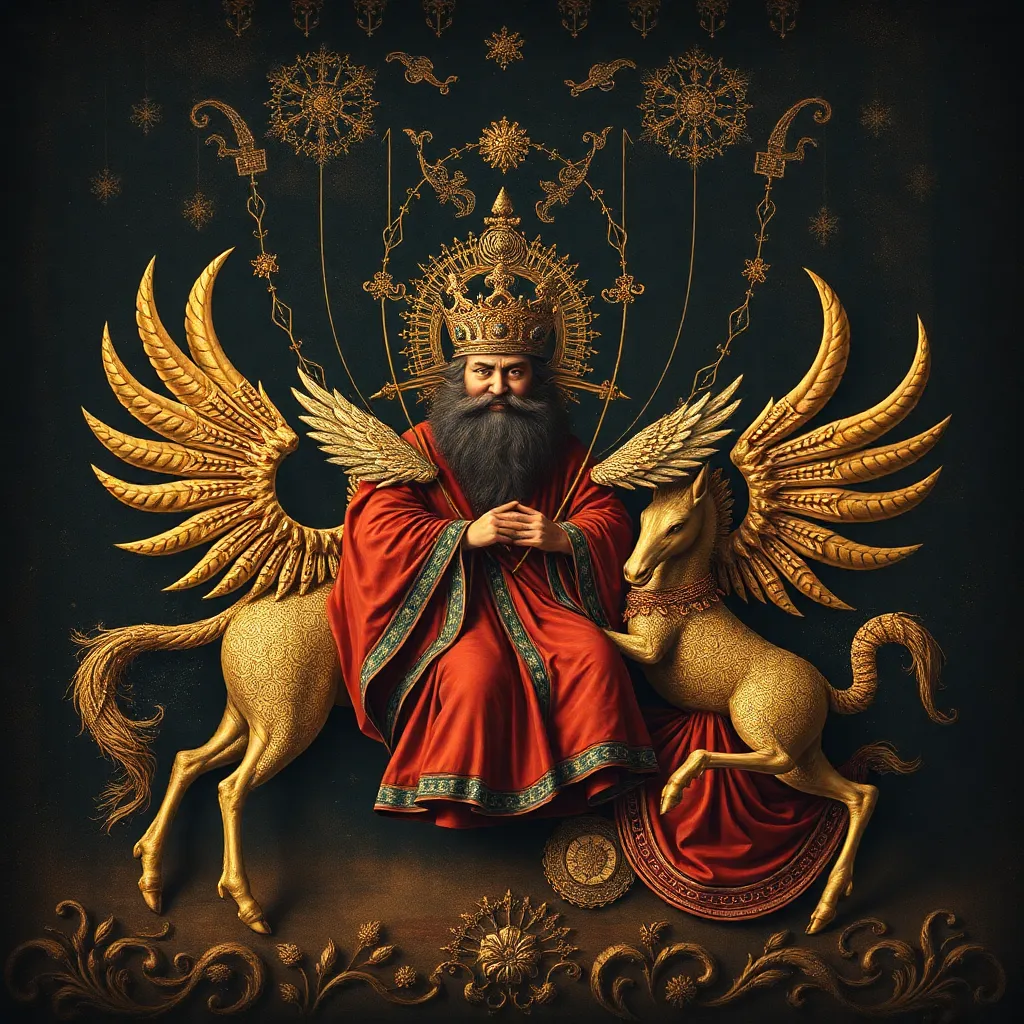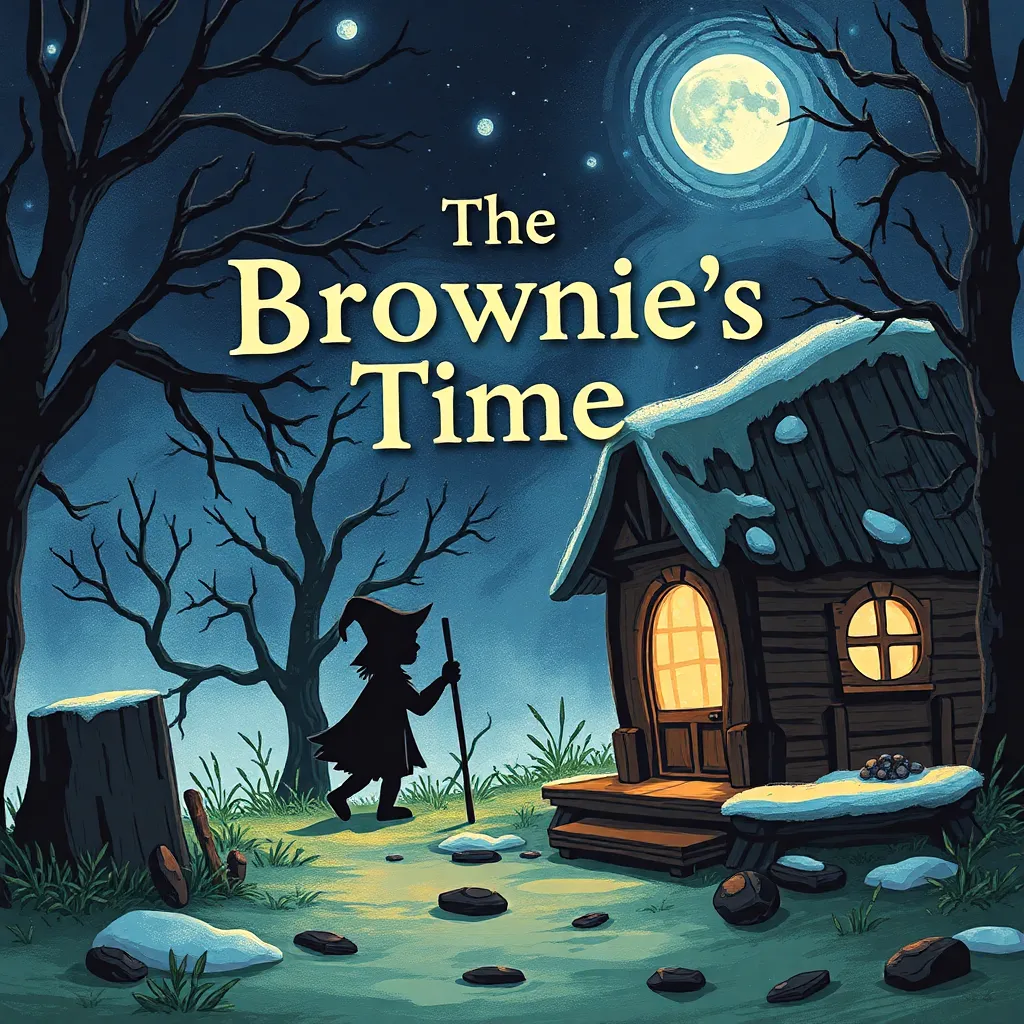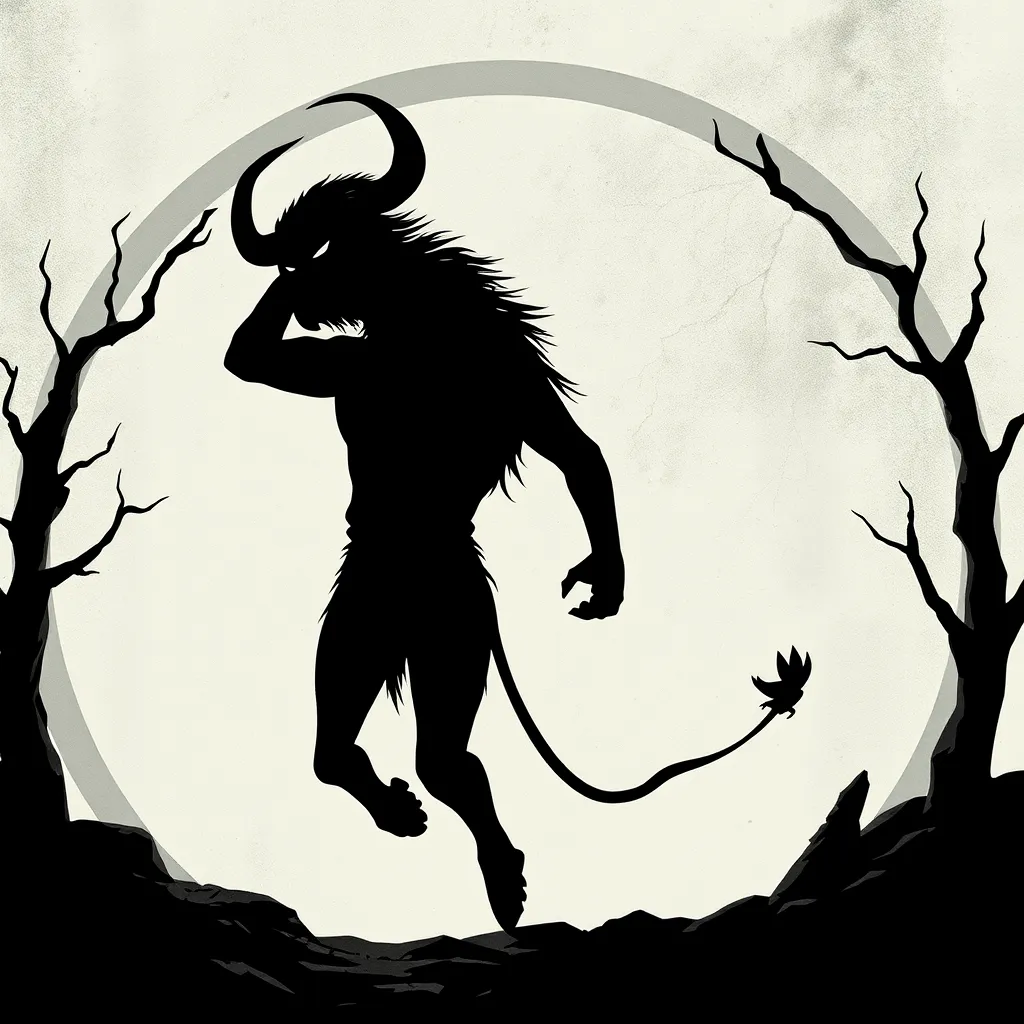The Simurgh and the King: Examining its Influence on Persian Royal Imagery
I. Introduction
The Simurgh, a mythical bird in Persian mythology, holds a prominent place in the cultural and artistic heritage of Iran. This legendary creature is often depicted as a symbol of wisdom, power, and purity, embodying the ideals of kingship and authority throughout Persian history. In Persian culture, royal imagery is deeply intertwined with mythology, which serves to reinforce the legitimacy and divine right of kings. This article examines how the Simurgh serves as a powerful symbol in Persian royal imagery, influencing the portrayal of kingship and authority throughout history.
II. The Mythological Background of the Simurgh
A. Origins and characteristics of the Simurgh
The Simurgh is often described as a gigantic, benevolent bird, sometimes resembling a peacock or a phoenix. Its origins can be traced back to ancient Persian texts, where it is featured prominently in the Shahnameh, an epic poem by Ferdowsi. The Simurgh is characterized by its immense size, colorful plumage, and its ability to fly great distances.
B. Role in Persian literature and folklore
In Persian literature, the Simurgh serves various roles, from a guardian to a guide. In the Shahnameh, it aids the hero Zal, providing him wisdom and support. The creature symbolizes not only strength but also the nurturing aspect of kingship, often acting as a mentor to rulers.
C. Symbolism associated with the Simurgh
The Simurgh is rich in symbolism, representing a bridge between the earthly and the divine. Key symbols associated with the Simurgh include:
- Wisdom: The Simurgh is often seen as a source of knowledge and enlightenment.
- Protection: It is considered a guardian of the realm, safeguarding the king and his subjects.
- Unity: The Simurgh embodies the idea of a harmonious society, bringing together different elements under its wings.
III. The Concept of Kingship in Persian Culture
A. Historical evolution of Persian monarchy
The Persian monarchy has undergone significant transformations throughout history, from the Achaemenid Empire to the Safavid dynasty. Each period redefined the role and image of the king, often drawing upon mythological symbols like the Simurgh to legitimize their rule.
B. Attributes and responsibilities of Persian kings
Pursuing justice, maintaining order, and exhibiting valor are central responsibilities of Persian kings. They were expected to act as the embodiment of divine principles, reflecting the ideals of the Simurgh in their governance.
C. The connection between divine right and royal imagery
The concept of divine right plays a crucial role in Persian kingship. Kings were viewed as chosen by the gods, and the imagery associated with them often included mythical creatures like the Simurgh to highlight their elevated status and divine connection.
IV. The Simurgh as a Symbol of Royal Authority
A. Depictions of the Simurgh in royal art and architecture
The Simurgh has been depicted in various forms of royal art and architecture, often as a motif that conveys authority and grandeur. Notable examples include:
- Frescoes and carvings in palatial structures.
- Coins featuring the Simurgh alongside royal insignia.
- Textiles and tapestries adorned with Simurgh imagery.
B. The Simurgh’s representation in literary works about kings
In literature, the Simurgh is often intertwined with the narratives of kings, symbolizing their virtues or failures. These tales reinforce the notion of kings as both rulers and guardians, echoing the attributes of the Simurgh.
C. The interplay between the Simurgh and the divine attributes of kings
The Simurgh often reflects the divine attributes of kings, such as justice, wisdom, and benevolence. This symbolic relationship enhances the perception of kingship as a divine mandate, further solidifying the king’s role in society.
V. Case Studies: The Simurgh in Persian Miniature Painting
A. Analysis of notable artworks featuring the Simurgh and kings
Persian miniature paintings frequently depict the Simurgh alongside kings, creating a visual narrative that emphasizes their connection. One notable example is the “Shahnameh” illustrations, where the Simurgh often appears in scenes of royal triumph or guidance.
B. Iconographic elements in miniature paintings
The depiction of the Simurgh in miniature paintings incorporates various iconographic elements, such as:
- Vibrant colors to symbolize royalty.
- Intricate patterns to convey the complexity of kingship.
- Symbolic gestures of the Simurgh that reflect the actions of the king.
C. The influence of the Simurgh on the portrayal of historical figures
The Simurgh’s presence in art has influenced how historical figures are portrayed, often elevating them to a mythic status that blends history with legend. This portrayal reinforces the idea that kings are not just political leaders but also cultural icons.
VI. The Simurgh’s Influence on Later Persian Art and Culture
A. Continuation of the Simurgh motif in later periods
The motif of the Simurgh continued to be significant in later Persian art, influencing various artistic expressions from the Safavid period onward. Artists often revisited the Simurgh’s symbolism to explore themes of authority and wisdom.
B. Comparisons with other cultural representations of royal imagery
While the Simurgh is unique to Persian culture, similar motifs can be found in other cultures, such as the griffin in Greco-Roman mythology or the phoenix in Chinese lore. These comparisons highlight a shared human fascination with mythological creatures that symbolize power and authority.
C. The legacy of the Simurgh in contemporary Persian identity
Today, the Simurgh continues to resonate within Persian identity, symbolizing resilience and hope. It appears in modern literature, art, and popular culture, representing a bridge between the ancient and contemporary worlds.
VII. The Simurgh in Modern Interpretations
A. The role of the Simurgh in modern Persian literature and art
In contemporary literature and art, the Simurgh is often revisited as a symbol of transformation and self-discovery. Writers and artists draw on its rich mythology to explore themes of personal and collective identity.
B. Relevance of the Simurgh in contemporary discussions of leadership and authority
The symbolism of the Simurgh remains relevant in discussions about leadership, often representing the ideal qualities of a modern leader: wisdom, compassion, and strength. This enduring symbolism speaks to the timeless nature of the values it embodies.
C. Evolving interpretations of the Simurgh’s symbolism
As society evolves, so too does the interpretation of the Simurgh. It is increasingly viewed not just as a symbol of royal authority, but also as a representation of social justice and communal harmony, reflecting contemporary aspirations.
VIII. Conclusion
In summary, the Simurgh serves as a powerful and multifaceted symbol within Persian royal imagery. Its mythological roots, connections to kingship, and representations in art and literature illustrate the enduring significance of this creature in Persian culture. The Simurgh not only reinforces the ideals of authority and wisdom associated with kings but also continues to inspire contemporary interpretations of leadership and identity. Ultimately, the enduring legacy of the Simurgh highlights its crucial role in understanding the rich tapestry of Persian cultural heritage.



